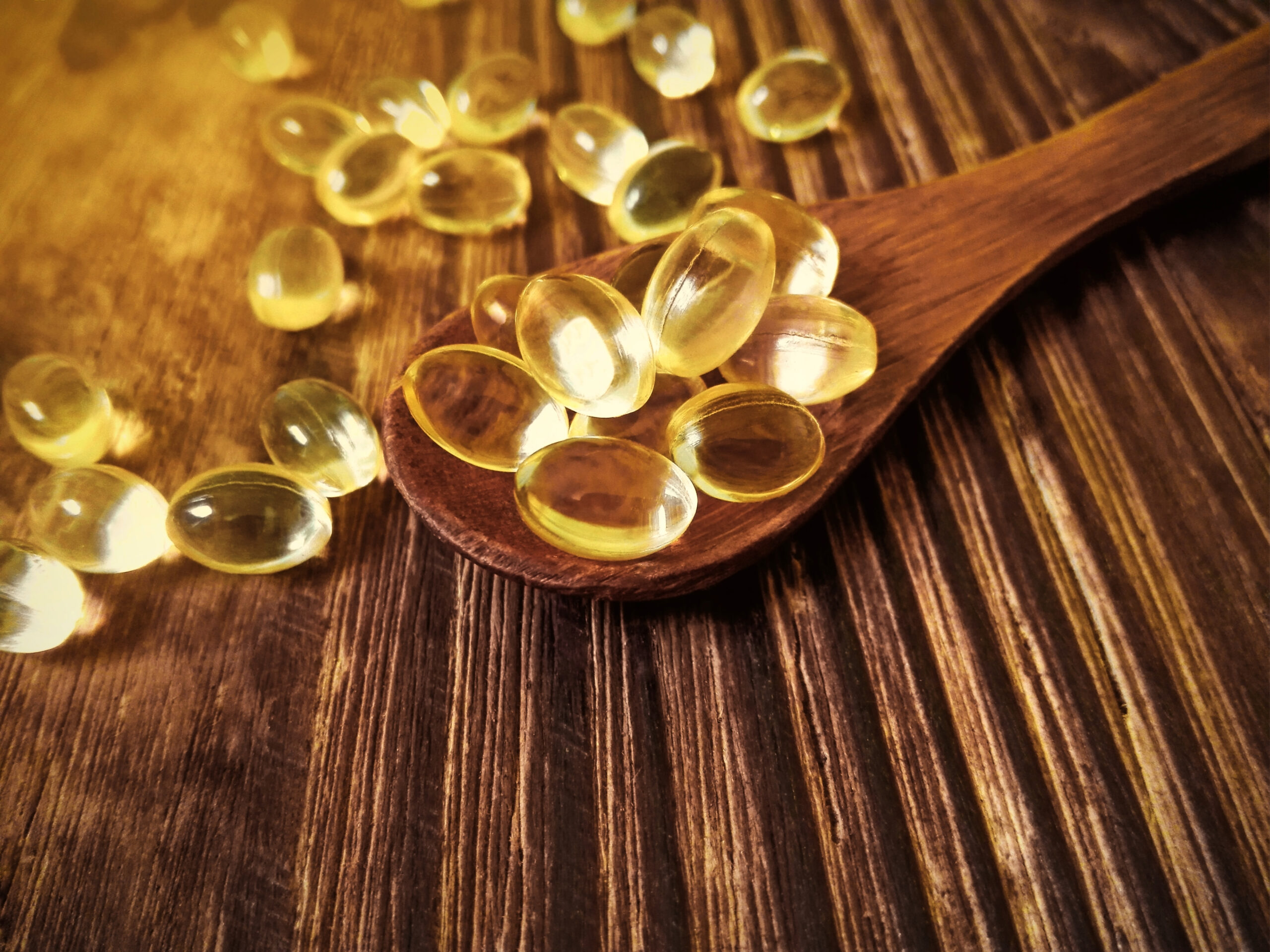Table of Contents

Achieving optimal vitamin D levels may require more than just enjoying sunny days, as millions of Americans find themselves deficient in this crucial nutrient despite its vital role in bone health, immune function, and disease prevention.
At a Glance
- Vitamin D is essential for calcium absorption, bone health, immune function, and may help prevent certain diseases
- Sun exposure can provide vitamin D, but effectiveness varies by season, latitude, skin tone, and age
- Food sources like fatty fish, egg yolks, and fortified products offer reliable alternatives
- Many experts recommend supplements of 1500-2000 IU daily, especially during winter months
- Both excessive sun exposure and vitamin D supplementation over 10,000 IU daily can pose health risks
Understanding Vitamin D: The Sunshine Nutrient
Vitamin D, often called the "sunshine vitamin," is a fat-soluble nutrient that plays several critical roles in maintaining health. Unlike most vitamins, the body can produce vitamin D when skin is exposed to sunlight. There are two primary forms of vitamin D: D2 (ergocalciferol), found in some plants, and D3 (cholecalciferol), which is produced in the skin and found in animal-based foods. Both forms are effective at raising blood vitamin D levels, though some research suggests D3 may be more efficient at maintaining those levels over time.
This unique vitamin functions primarily to promote calcium absorption in the gut, making it essential for bone health and preventing conditions like osteoporosis. However, its benefits extend far beyond bone strength. Research has linked healthy vitamin D levels to improved immune function, reduced inflammation, and potential protection against certain diseases including some cancers.
The Sun Exposure Method: Benefits and Limitations
When ultraviolet B (UVB) rays from sunlight strike the skin, they trigger vitamin D synthesis. This natural process is remarkably efficient - just 5-30 minutes of midday sun exposure twice weekly can provide sufficient vitamin D for many people. However, the effectiveness of sun exposure varies dramatically based on several factors. In northern latitudes, such as Colorado, vitamin D production becomes minimal from November to March due to the sun's angle. Skin tone also significantly impacts production, with darker skin requiring more time in the sun to produce the same amount of vitamin D as lighter skin.
Age presents another barrier, as the skin's ability to produce vitamin D decreases significantly after age 50. Weather conditions, clothing, sunscreen (which blocks UVB rays), and air pollution all further limit vitamin D synthesis. Additionally, excessive sun exposure increases skin cancer risk, creating a complex balance between getting enough vitamin D and protecting skin health.
Dietary Sources and Supplements: The Reliable Alternatives
Given the limitations of sun exposure, many turn to dietary sources and supplements to maintain adequate vitamin D levels. Fatty fish like salmon, mackerel, and tuna rank among the richest natural sources, with a 3.5-ounce serving of farmed salmon providing about 526 IU of vitamin D. Other notable sources include cod liver oil (450 IU per teaspoon), egg yolks, and mushrooms exposed to UV light, which can contain up to 1,100 IU per cup. Many foods are also fortified with vitamin D, including milk, plant-based milks, orange juice, and breakfast cereals.
For many people, particularly during winter months or for those with limited sun exposure, vitamin D supplements provide the most reliable source. Recommendations vary among health organizations, but many experts suggest 1500-2000 IU daily for adults. Supplements come in various forms, with D3 generally considered the preferred option for most adults. Unlike sun exposure, supplements provide consistent dosing regardless of season, location, or skin type.
Finding the Right Balance: Individual Considerations
Determining the optimal approach to vitamin D requires considering individual circumstances. People with fair skin living in sunny regions may get sufficient vitamin D from brief, regular sun exposure during summer months, while supplementing in winter. Those with darker skin, older adults, people in northern climates, or individuals who stay indoors most of the time may need to rely more heavily on supplements year-round. Certain medical conditions, medications, and being overweight can also increase the risk of deficiency.
Both approaches have risks if taken to extremes. Excessive sun exposure increases skin cancer risk, while vitamin D toxicity can occur with supplement intake exceeding 10,000 IU daily for extended periods. Symptoms of toxicity include nausea, vomiting, weakness, and kidney problems due to elevated calcium levels in the blood. A blood test measuring 25-hydroxyvitamin D is the standard way to assess vitamin D status, with levels below 30 nmol/L (12 ng/mL) considered deficient and levels above 125 nmol/L (50 ng/mL) potentially harmful.
AD
Most Recent
AD
